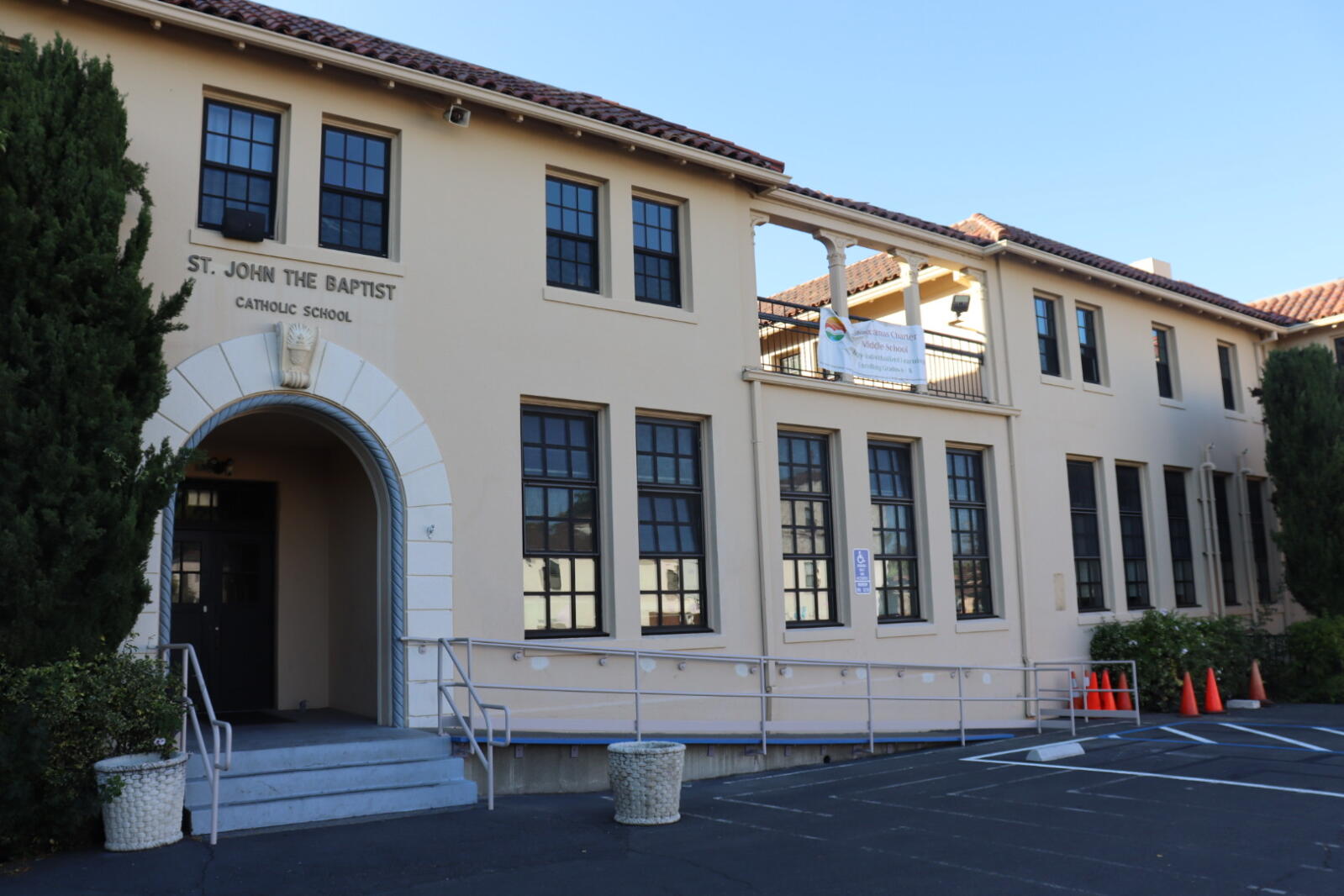On October 8, 2021, Governor Newsom signed AB 438, a controversial bill designed to provide permanent classified employees with the same layoff rights (e.g., March 15 notice and full hearing before an administrative law judge) provided to certificated employees, including teachers and administrators.
The new law, effective January 1, 2022, will apply to school districts (both merit and non-merit), county offices of education and community college districts.
For K-12, the classified layoff process will mirror the certificated layoff process. Here are the key steps for the K-12 classified layoff process:
March 15 Notice. No later than March 15, the employee shall be given written notice by the superintendent or designee stating the reasons that the employee’s services will not be required for the ensuing year.1 That same notice shall inform the employee of displacement rights, if any, and reemployment rights.
Right to a Hearing. A classified employee may request a hearing to determine if there is cause for not reemploying the employee for “the ensuing year.” The deadline to request a hearing is at least seven days after the date the preliminary March 15 notice is served upon the employee. Failure to timely request a hearing constitutes a waiver of the employee’s right to a hearing.
Just like certificated layoff hearings, classified layoff hearings will follow requirements set forth in Government Code section 11500, et seq. including notices of participation filed by classified employees, statements of reduction in force filed by districts, and limited discovery rights.
ALJ Renders Proposed Decision. The hearing will be conducted by an administrative law judge (ALJ). After the hearing, the ALJ must prepare a proposed decision, however, the governing board shall make the final determination as to the sufficiency of the cause and disposition. The ALJ’s proposed decision must be sent to the governing board and the classified employees not later than May 7.2
Final Notices Must be Served Before May 15. Unless continuances were granted by the ALJ, the district must provide notice of termination to the classified employees before May 15.
New Law Only Applies to Permanent Classified Employees. The new law defines a “permanent employee” as “an employee who was permanent at the time the notice or right to a hearing was required and an employee who became permanent after the date of the required notice.”
New Law Does Not Apply to Probationary Classified Employees or Short-Term Employees. Districts may continue to release probationary employees without advance notice or hearing. The new law does not apply to the retention of a short-term employee, as defined in Section 45103, hired for a period not exceeding 60 days after which the short-term service may not be extended or renewed.
Sixty (60) Day Notice Still Applies to Classified Layoffs Due to Expiration of a Specially Funded Program. The new law provides that when classified positions must be eliminated as a result of the expiration of a specially funded program, the employees to be laid off must be given written notice not less than 60 days prior to the effective date of their layoff.
Suggested Next Steps
In the past, LEAs were able to lay off classified employees for lack of work or lack of funds with sixty days’ notice. The time restraints imposed by AB 438 require LEAs in most cases to decide much earlier which positions may not be necessary for the following fiscal year. This decision will need to be made prior to the release of the May revision to the Governor’s January budget proposal. Furthermore, because the new statutory timeline for classified layoffs will now mirror that for certificated layoffs, some personnel staff will need to manage both certificated and classified layoffs simultaneously. As such, we suggest that our clients immediately begin to review classified staffing needs for the 2022-2023 school year, and review and update the classified seniority list(s). It may also be necessary to leave sufficient time to negotiate the effects of layoff decisions (e.g., displacement/bumping rights) with classified unions.
If you have any questions about AB 438 and the host of new requirements for the classified layoffs process, please contact a DWK attorney in our Labor, Employment and Personnel Practice Group. We will also address AB 438 at this month’s DWK Ed Labs across the state.
1 The new scheme does not define “ensuing year,” however, Education Code section 37200 provides, “the school year begins on the first day of July and ends on the last day of June.” We believe the effective date for most classified layoffs will be July 1.
2 Because the timeframe for holding classified and certificated layoffs will now be the same, demand for ALJ services will increase significantly from April through early May.



![25_0123 DWK 2025 BIT Thumbnail_500x500[1]](https://www.dwkesq.com/wp-content/uploads/2025/02/25_0123-DWK-2025-BIT-Thumbnail_500x5001.jpg)